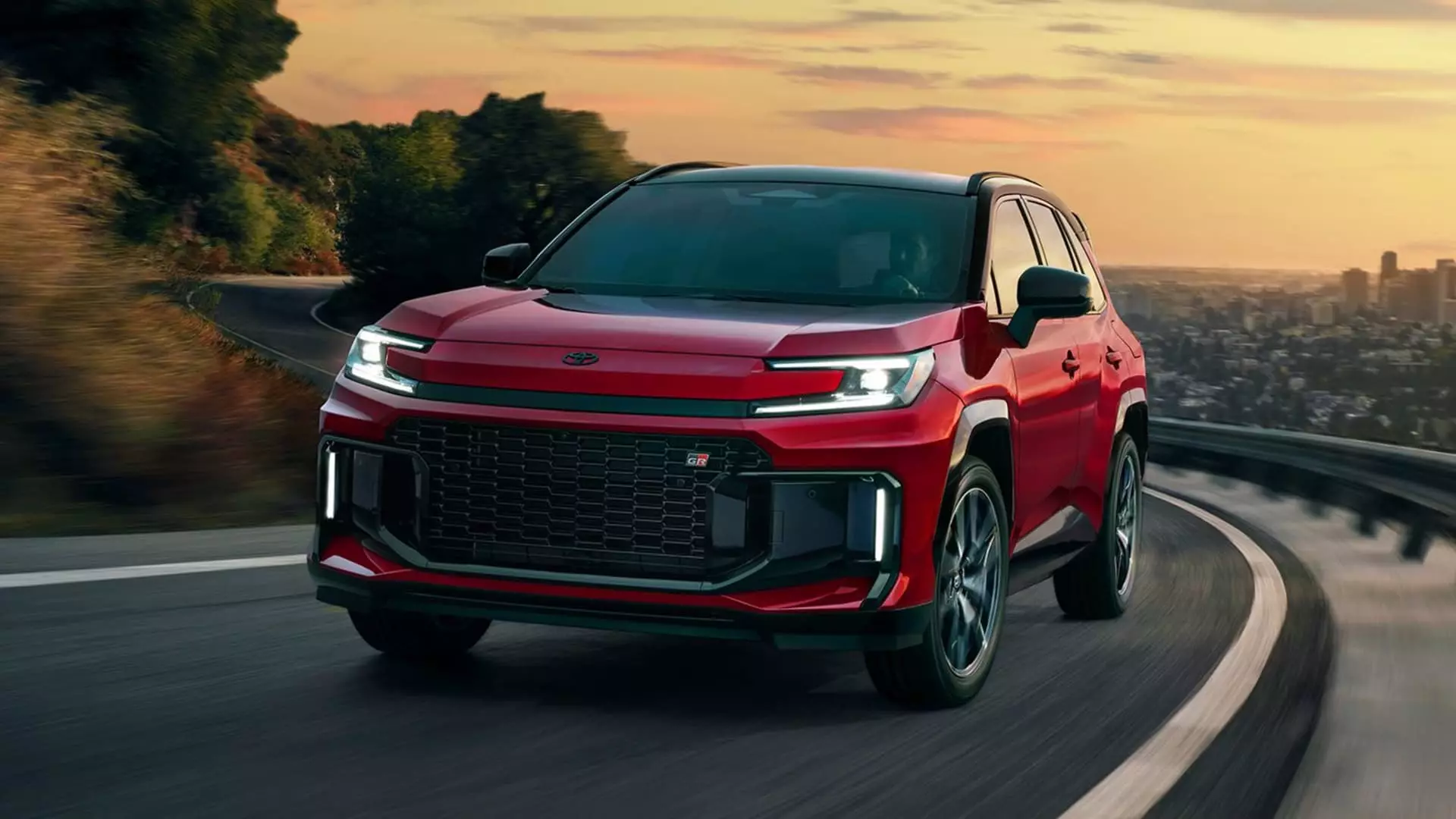In a bold move that signals the changing tides of the automotive world, Toyota has announced that its best-selling RAV4 will only be available as a hybrid starting in 2026. This transition marks a significant departure from traditional gasoline engines, solidifying a new era for one of the U.S. market’s most recognizable vehicles. It is not merely a marketing strategy; it’s a calculated response to consumer demand and an acknowledgment that the future lies in vehicles that embrace both sustainability and performance. Given the slow adoption of fully electric models, which still struggle with range anxiety and charging infrastructure, this pivot positions Toyota as a front-runner in hybrid technology, backing a reliable vehicle that meets the diverse needs of today’s consumers.
The Hybrid Market’s Momentum
Toyota’s renowned history with hybrids, starting with the Prius in the late 1990s, places it in a unique position to capitalize on this momentum. With hybrids accounting for a staggering 43.1% of Toyota’s 2.3 million units sold in the U.S. last year, the evidence is clear: consumers are not just interested in eco-friendly options; they are actively seeking them. The data speaks volumes, with RAV4 hybrid sales seeing a significant uptick of 29.3% last year. This robust consumer interest underlines the fact that hybrids are not just a transitional form of vehicles; they are an established segment with a loyal customer base. It becomes apparent that the hybrid model balances the need for performance by harnessing the benefits of electric drive without the common limitations associated with full electric systems.
Understanding Consumer Preferences
David Christ, head of the Toyota brand in North America, has articulated the company’s decision by stating that, “the consumer is voting for the hybrid.” This statement speaks to an essential understanding of the market. Today’s consumers are inundated with choices and are searching for vehicles that fit their lifestyles holistically—combining fuel economy with performance. Additionally, the perception of hybrids as “slow” or “underpowered” is outdated. The hybrid technology in the new RAV4 includes an advanced 2.5-liter engine combined with electric motors, leading to improved performance metrics. It’s clear that for many buyers, the marriage of convenience and reliability makes hybrids a preferred choice.
The Economic Landscape and Tariff Challenges
Toyota faces considerable challenges beyond consumer preferences, especially regarding production and tariffs. The backdrop of President Trump’s ongoing tariffs on imported vehicles presents a cloudy economic scenario. While a prominent portion of Toyota’s RAV4s is manufactured in Canada, the fear of rising costs from tariffs creates uncertainty. How Toyota navigates this hardship will define not only the future of the RAV4 but potentially the entire segment of hybrid vehicles. As demand for the RAV4 remains robust, the company’s intention to ramp up production at its Kentucky plant is a wise move to mitigate some of these tariff-induced pressures. The economic landscape is shifting, and a strategic pivot could determine the RAV4’s longevity in the market.
The Lure of the Next-Gen RAV4
As the next-generation RAV4 prepares to hit dealerships, the excitement surrounding its redesign is palpable. Beyond the innovative hybrid mechanics, the reimagined exterior and upgraded technologies promise an unparalleled driving experience. Consumers are often drawn to aesthetics as much as performance; thus, a vehicle that looks as good as it drives has a better chance of capturing the market’s attention. The challenges facing the auto industry will only increase as electric vehicles gain traction; however, the renewed appeal of the RAV4 as a hybrid could keep Toyota ahead of the curve. In a practical sense, it serves the needs of urban dwellers seeking efficiency and outdoor enthusiasts requiring dependable power, further broadening its market appeal.
Are Hybrids the Future of Transportation?
Toyota’s commitment to hybrid technology is not just about maintaining competitiveness in the automotive industry; it reflects a larger conversation about the future of transportation in a world increasingly focused on sustainability. The automotive sector is at a crossroads, confronting both consumer preferences and environmental impacts. While the push for all-electric vehicles continues, the reality is that a substantial segment of the population still seeks reliability and convenience. Toyota’s bold move towards an all-hybrid RAV4 could restate the viability of hybrids as a cornerstone of future transit solutions, marking them as a crucial player in the wider discussion on energy consumption and vehicle performance. As this dynamic unfolds, it will be fascinating to witness how Toyota continues to redefine the automotive landscape in favor of innovative and environmentally friendly solutions.

